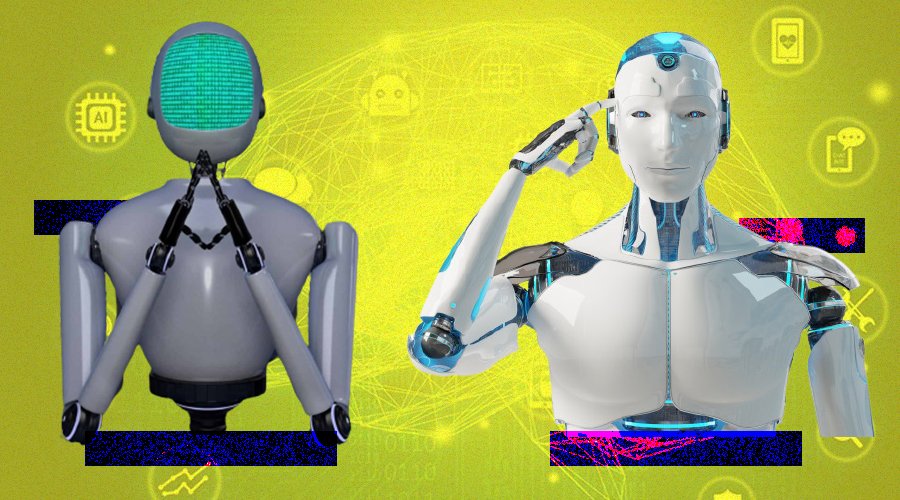
It is usually better to start with the simplest model suited to the problem and progressively raise the complexity.Machine learning models discover patterns in the training data, which is utilized to estimate the target function and is in charge of translating inputs to outputs from the data set. In this post, you will find all the types of Machine Learning models available. But before that, let’s learn a bit about Machine Learning.What is Machine Learning?Machine learning is a catch-all phrase for a collection of strategies and technologies that assist computers in learning and adapting on their own. Machine learning techniques assist AI in learning without explicitly programming the intended action. The machine learning algorithm anticipates and performs tasks completely based on the learned pattern rather than a predetermined program command by learning a structure from sample inputs. Machine learning comes to the rescue in a variety of situations when rigorous methods are impractical. It will learn the new procedure from prior patterns and apply what it has learned.One example of a machine learning application that we are all too acquainted with is how our email providers assist us in dealing with spam. Spam filters utilize an algorithm to detect and route unwanted emails to your spam folder. Several e-commerce businesses utilize machine learning algorithms in combination with other IT security solutions to detect fraud and improve the efficiency of their recommendation engines.Types of Machine Learning ModelsWe may categorize machine learning models into the following groups based on the type of tasks:1. Classification ModelsClassification in ML is the job of predicting the type or class of an item from a limited set of possibilities. The categorization output variable is usually a category variable. Predicting whether an email is spam or not, is an example of a classic binary classification job. Let’s have a look at several relevant models for categorization tasks.1. K-Nearest neighbors algorithm2. Naive Bayes3. Logistic Regression4. SVM5. Decision Tree6. Ensembles2. Regression ModelsLearning regression has a set of issues in the machine language, where the outcome variable can take continuous variables. Calculating the price of an airline, for example, is a common regression task. Let’s have a look at some of the most common regression models used:1. Linear Regression2. Lasso Regression3. Ridge Regression4. SVM regression5. Decision Tree Regression etc.3. ClusteringClustering, in a nutshell, is the problem of grouping related items together. It aids in the automated identification of comparable items without the need for operator involvement. Without homogenous data, we cannot create successful supervised machine learning models (models that must be trained with explicitly curated or labelled data). Clustering enables us to accomplish this in a more efficient manner. The following are some of the most commonly used clustering models:1. K means2. K means++3. K medoids.4. Agglomerative clustering5. DBSCAN4. Dimensionality ReductionThe number of predictor factors used to estimate the independent variable or objective is referred to as dimensionality. The number of variables in real-world datasets is frequently excessive. Overfitting is also a problem when there are too many variables in the models. In actuality, not all of these high sets of variables contribute equally to the objective, and in many circumstances, we can actually conserve variances with a smaller number of variables. Let’s go through some of the most often used dimension reduction models.1. PCA2. TSNE3. SVD5. Deep Learning Deep learning is a branch of machine learning that focuses on neural networks. Let’s go through several major deep learning models based on neural network architecture:1. Multi-Layer perceptron2. Convolution Neural Networks3. Recurrent Neural Networks4. Boltzmann machine5. Autoencoders etc.6. Which Model is The Best?We discussed concepts from a variety of machine learning models above. The obvious question now arises: ‘Which of these models is the best?’ It is determined by the situation at hand as well as other factors such as outliers, the amount of accessible data, data quality, feature design, and so on. In reality, it is usually better to start with the simplest model suited to the problem and progressively raise the complexity through thorough parameter tuning and cross-validation. In the realm of data science, there is a saying that goes, ‘Cross-validation is more reliable than domain expertise.’Share This Article
Do the sharing thingy
Source: https://www.analyticsinsight.net/which-machine-learning-model-is-the-best/